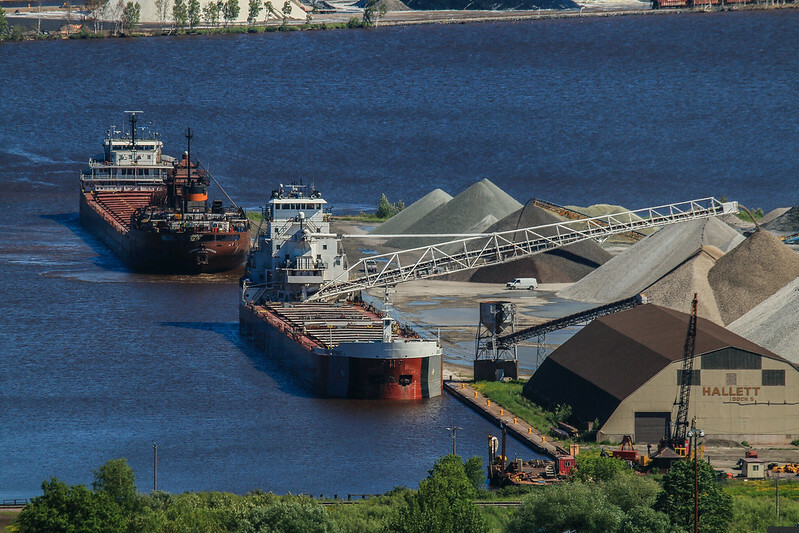The International Chamber of Shipping has submitted plans to the industry’s UN regulator, the International Maritime Organization (IMO), detailing urgent measures which governments must take to help the industry achieve net zero CO2 emissions by 2050.
The new net zero target and action plan was welcomed by Canadian ship operators represented by the Ottawa-based Chamber of Marine Commerce, who urged the federal government to work together with them on a path forward that is suitable for the Canadian model of inland and coastal shipping.
Just one month before the shipping industry’s flagship COP26 decarbonization conference “Shaping the Future of Shipping,” ICS (which represents 80% of the global shipping industry), is pushing governments to double the ambition of the IMO’s current target, which is to reduce emissions from international shipping by 50% by 2050.
The plans include a compulsory R&D fund to develop zero-carbon technologies, and the development of a carbon levy for shipping to expedite the transition to more expensive zero-carbon fuels.
In its submission, shipping accepts the vital need to accelerate decarbonization timelines. But it states that a net zero target by 2050 will only be plausible if governments take the necessary actions to achieve this. The industry has therefore taken the unique step of proactively setting out the measures that must be taken by governments to make decarbonization by 2050 a reality rather than a soundbite.
The adoption by IMO of a net zero target will send the very strong signal sought by the industry, as well as energy providers, shipbuilders and engine manufacturers, so that investments in green fuels and technology can be accelerated and scaled.
Given the typical 25-year life of new oceangoing ships, if the industry is to meet an ambitious net zero target, thousands of zero-emission ships will need to be in the water by 2030. It will therefore be critical for the IMO to adopt those urgent measures required to accelerate an increase in Technology Readiness Levels. A key step is for governments to approve the establishment of the US$5 billion IMO Maritime Research Fund (IMRF) at a critical IMO meeting this November, just two weeks after COP 26.
This call supports the IMRF ($5billion R&D Fund) proposal which will provide guaranteed levels of funding to accelerate the development of zero emission ships, without requiring governments to use taxpayers’ money. This is because the IMRF will be funded by mandatory R&D contributions from shipowners globally, via a US$2 levy, which the shipping industry wants in place by 2023.
To expedite the transition to net zero, ICS has also made a comprehensive proposal setting out the architecture for a broader carbon levy applicable to shipping, which will be considered by IMO Member States at a meeting in mid-October. This global carbon levy will help close the price gap between zero-carbon and conventional fuels and could be used to provide the billions of dollars needed to deploy essential new bunkering infrastructure required in ports worldwide, to ensure consistency in the industry’s green transition for both developed and developing economies in the run up to 2050.
“We already have a formidable record on GHGs as ships are the most fuel-efficient way to transport goods. Canadian domestic shipping has been at the forefront of environmental innovation, investing billions of dollars on fleet renewal, new technologies and alternative fuels to further reduce carbon emissions over the last decade,” Bruce Burrows, president and CEO of the Chamber of Marine Commerce, said in a statement announcing the ambitious goal. “We support Canada’s ambitious goal to reach net zero carbon emissions by 2050. The Canadian model of inland and coastal shipping has specific technological and operational requirements and it’s extremely important that our industry works in close partnership with the federal government to make smart, effective policy and investment choices as we map out a future action plan.”




